Threats to the Conservation of the Cerrados
Traditional land use and management provides no threat to the vegetation of the cerrados. Neither burning, cattle grazing nor wood gathering at a moderate level represents a threat. However there are a number of threats today which place the vegetation of the cerrados in great danger especially in the more accessible areas. Remote areas, the stony mesetas of the Serranias de Huanchaca and the Roboré area and the rocky peaks of the Serranías de Sunsas are mostly immune from these threats. However they do not have exactly the same flora or vegetationas the cerrados of the more accessible plains with their sandy soils.
-
The most important threat is the destruction of natural vegetation and its replacement by pasture sown with imported grasses for cattle ranching. This change is easily carried out on the more accessible plains using modern machinery and is happening at a rapid pace especially around Concepción and Santa Rosa de la Roca. The fragments of cerrado that remain becoming isolated and often degraded and populations of many rare cerrado species are in danger of disappearing. Especially at risk are Stryphnodendron fissuratum, Enterolobium gummiferum, Solanum gomphodes Justicia phyllocalyx, Matelea lanosa, Matelea diversifolia, Macroptilium monophyllum, Psidium myrsinitis and Stachytarpheta gesneroides among others.
|
|
 |
 |
The second most important danger is invasion by introduced grasses, mostly Brachiaria brizantha y Hyparrenia rufa. In several areas these two grasses are rapidly relacing the native vegetation of the cerrados, especially around San Javier and between San Miguel and San Juan de Lomerio, but no area is completely immune. Other invasive species such as Melinis repens and Melinis minutiflora are present in the cerrados and may constitute a future danger. In areas of former cerradão the native Guadua racemosa can become invasive.
|
|
 |
 |
-
Overexploitation of the natural resources of the cerrado is another danger. Overgrazing by cattle is the most obvious threat as the cerrado can be degraded and laid open to erosion. Another potential danger is the export of charcoal, which could result in the destruction of cerrado trees.
|
|
 |
 |
-
Mining is not an immediate threat except in Cerro Mutún. Unfortunately open cast mining at this site is likely to result in the extinction of some eight species in Bolivia (Borreria poaya, Dalechampia brevipes (possibly also in the Noel Kempff Mercado National Park), Discocactus ferricola, Galactia marginalis, Hypenia reticulata, Macroptilium martii, Mitrocarpus schinianus y Tabebuia chrysotricha. Fortunately none of these are endemic although the Discocactus is rare at the world level. There are potential mining threats at Cerro Manamó and the Rincón del Tigre zone as well.
|
|
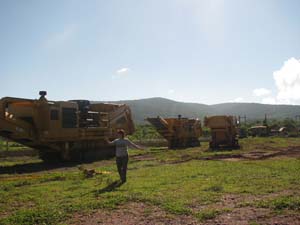
|
 |
-
Drainage. Streams are often dammed to provide pools, especially in areas of intensive cattle raising. The campo humedo above the dam is flooded and that below the dam dries out with consequent loss of the native flora. Particularly in danger are some of the endemic grasses of the Concepción-San Ignacio areas: Paspalum kempfii, Eriochrysis concepcionis, Andropogon crucianus y Otachyrium boliviense. These wet areas also host numerous species of Hyptis, Utricularia and Polygala, as well as rare species like Mandevilla spigeliiflora, all of which could disappear.
|
|
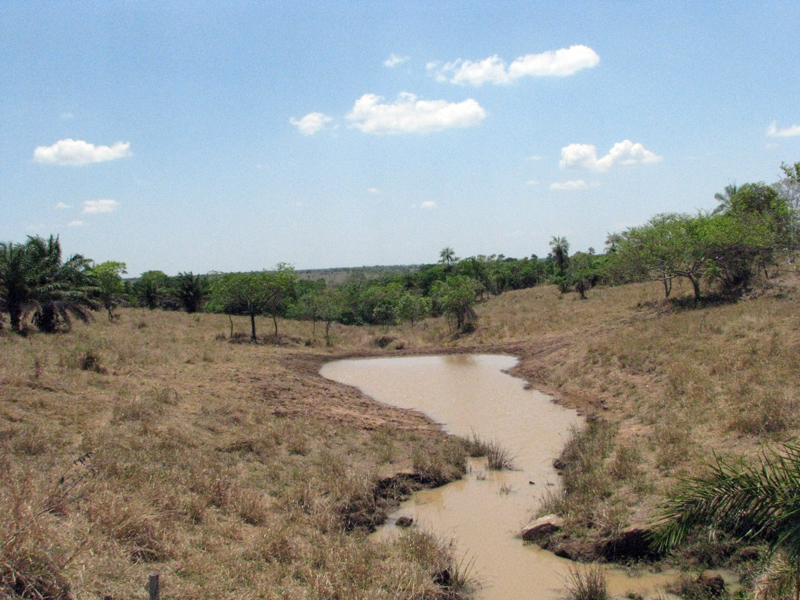 |
 |
-
Road construction. Roads open up areas to clearance, human settlement and invasion by exotic species. New roads are frequently being constructyed and old roads widened throughout the region.
|
|
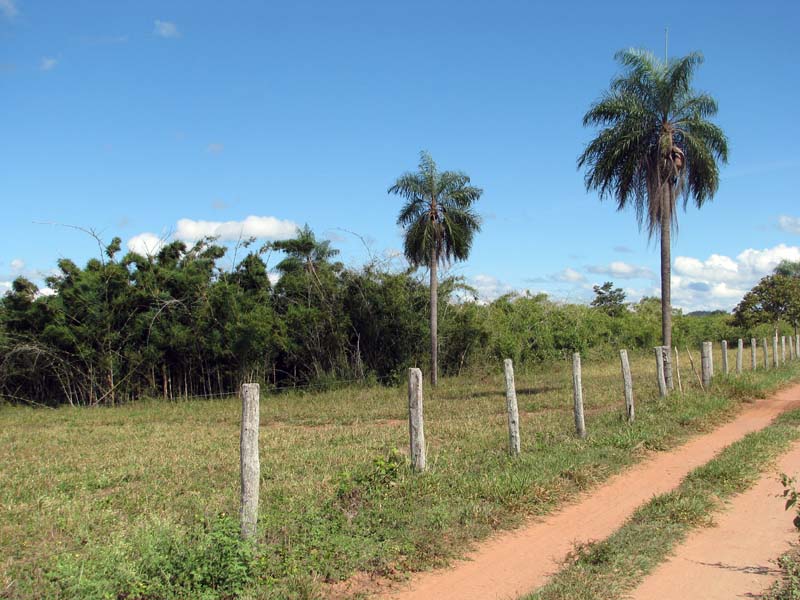 |
 |
-
Urban growth. This is not a major problem in the region but an undescribed endemic Mimosa is under threat from the possible growth of Santiago de Chiquitos and the growth is Concepcion is endangering the cerados on the southern edge of the town.
|
|
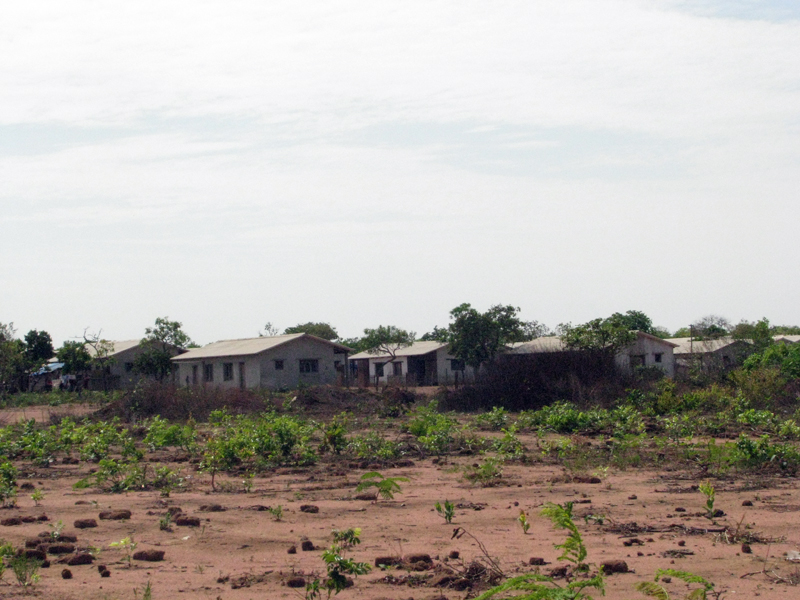 |
 |
-
Fire. In general fire is essential for the well-being of the cerrados but there is some suggestion that frequent burning may have a negative impact on species diversity. Further study is needed to confirm this.
|
|
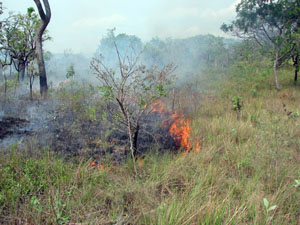 |








